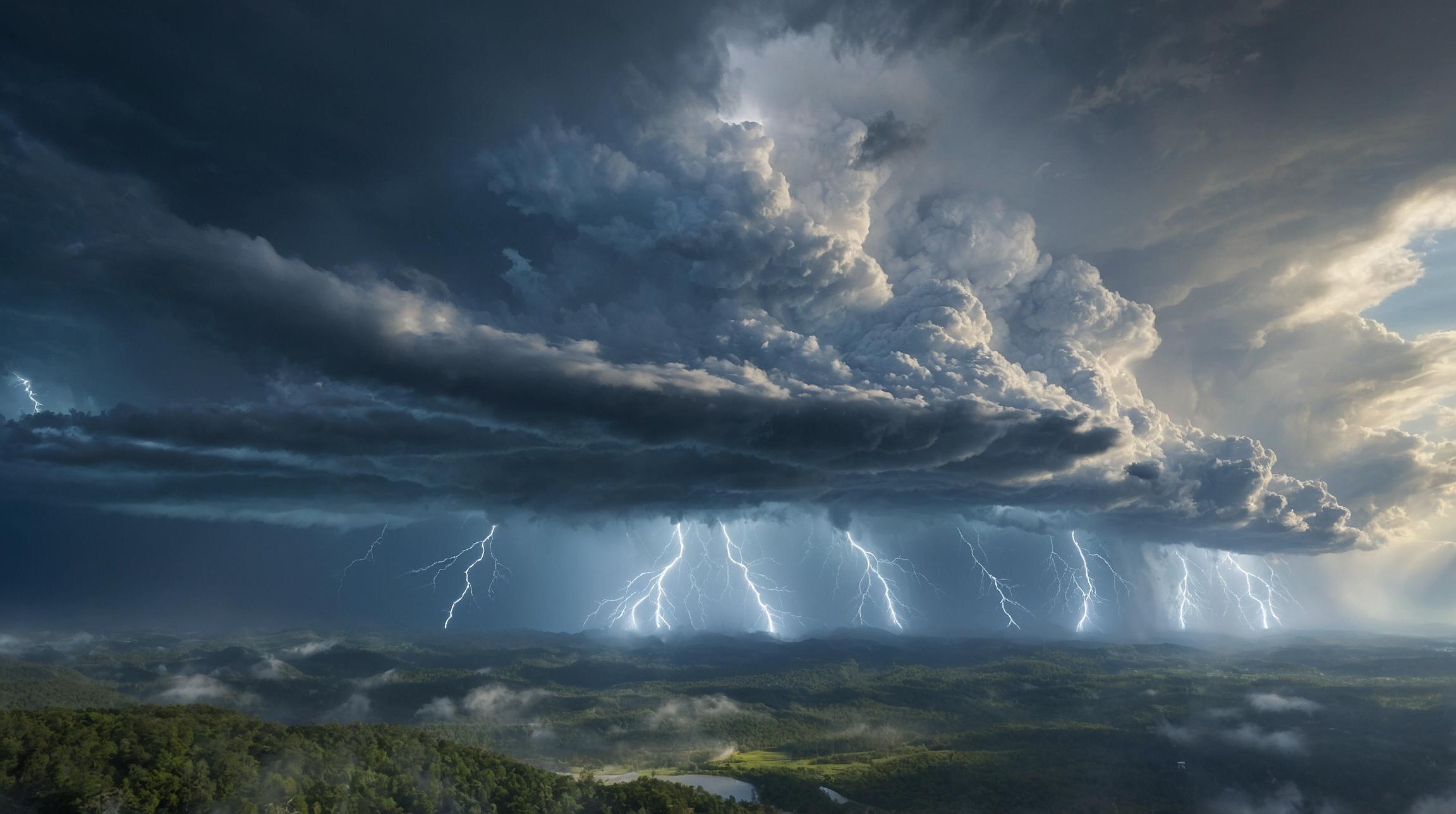NVIDIA's New AI Weather Model: A Leap in Forecasting
NVIDIA Research has recently introduced a groundbreaking generative AI weather model that could significantly enhance the accuracy of short-range weather forecasts. This innovation has the potential to predict extreme weather events such as flash floods and tornado outbreaks, which could save lives and minimize property damage.
Precision Down to the Kilometer Scale
Traditionally, AI models from tech giants like Nvidia, Microsoft, and Google have been successful in generating medium-range, global weather forecasts. However, NVIDIA's new model, dubbed StormCast, takes this further by applying AI to local scales, achieving precision down to the kilometer scale. This advancement marks the first AI system capable of improving simulations of severe weather at such a fine resolution.
Potential Impact on Weather Forecasting
According to Axios, if the success of NVIDIA's model is replicated by other researchers, it could usher in a new era of precise short-term weather forecasting. This development holds promise for enhancing early warning systems for severe weather, thereby protecting communities and infrastructure.
How StormCast Works
StormCast, which is discussed in a paper submitted for peer review, is a collaborative effort with the Lawrence Berkeley National Laboratory and the University of Washington. The model operates at the mesoscale level, meaning it can accurately resolve small-scale weather phenomena such as thunderstorms. In fact, it outperforms the leading U.S. short-range weather prediction system, known as HRRR, in predicting storm evolution on weather radar.
Balancing AI with Physics-Based Models
Despite these advancements, NVIDIA's climate scientist Mike Pritchard emphasizes that while AI's role in storm prediction is growing, physics-based models should still be used to validate AI predictions. As weather prediction increasingly incorporates AI tools, the synergy of traditional methods and new AI technologies is expected to revolutionize the field.
Simplified Explanation and Example
To put it simply, imagine forecasting the weather as trying to predict what will happen in a cooking pot of boiling water. Traditional methods give you a general idea of what the entire pot will look like, while NVIDIA's new AI model can tell you precisely what each bubble will do. This means more accurate, faster alerts for developing storms, helping communities prepare better in advance.













